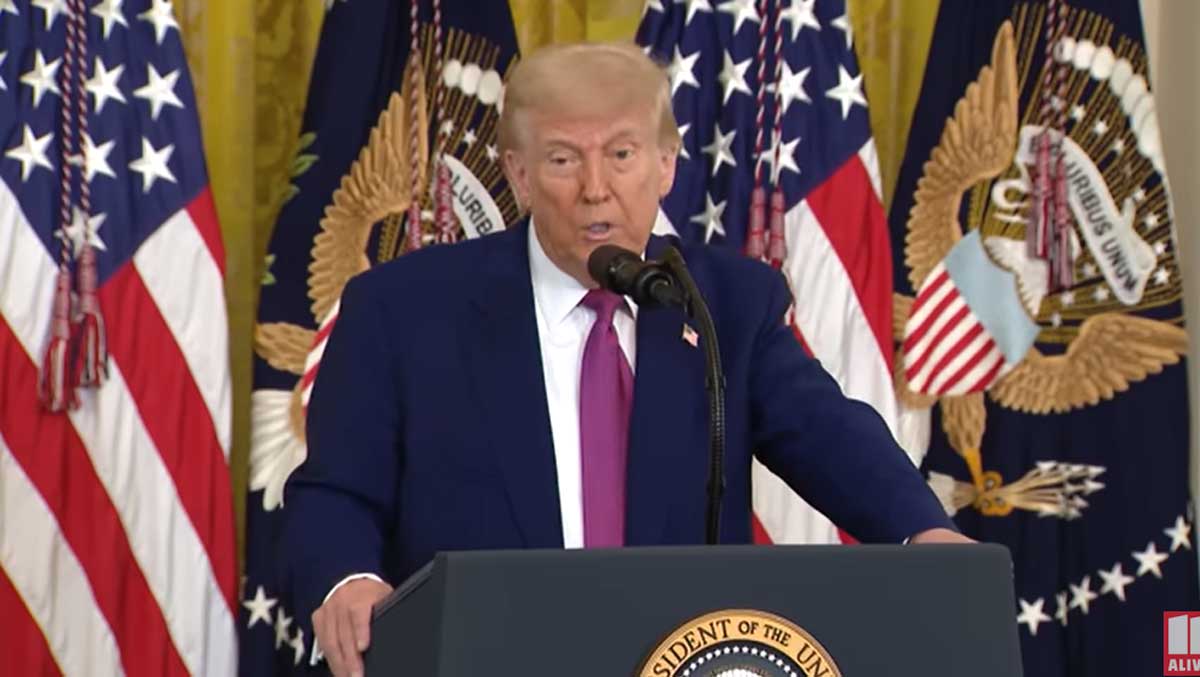01 August 2025 | Galle, Sri Lanka
In a major shift in U.S. trade policy, President Donald Trump has issued an executive order revising reciprocal tariff rates applied to a wide range of trading partners. Under this revised structure, Sri Lanka has been assigned a 20% tariff rate on exports to the United States.
This adjustment places Sri Lanka on par with several other Asian economies including Bangladesh, Vietnam, Malaysia (19%), Indonesia (19%), Thailand (19%), and Pakistan (19%), and slightly below India, which was assigned the highest rate among South Asian countries at 25%.
According to the executive order, these tariff changes are part of a broader effort by the United States to balance trade relationships and ensure alignment on both economic and national security matters. Countries that have either reached or are close to reaching trade and security agreements with the U.S. may be eligible for future tariff relief.
Negotiations and Local Engagement
Sri Lanka’s negotiating team, headed by Treasury Secretary Harshana Suriyapperuma, held multiple rounds of discussions with the Office of the United States Trade Representative. In addition, President Anura Kumara Dissanayake participated in high-level online discussions in an effort to secure favorable terms and emphasize Sri Lanka’s willingness to cooperate on trade matters.
Despite these diplomatic engagements, Sri Lanka has been placed in the 20% tariff bracket, signaling the need for further alignment and possibly more comprehensive bilateral trade agreements to achieve reduced duties in future adjustments.
Global Tariff Landscape
The revised tariff structure reflects the United States’ strategic approach, with varying rates based on trade balances, diplomatic engagement, and alignment on national interests. For comparison:
-
Brazil received a 10% rate following continued negotiations.
-
Cambodia, benefiting from years of macroeconomic stability and dollarization, was assigned 19%.
-
Laos and Myanmar received the highest rates at 40%, while Switzerland (39%) and Syria (41%) were also among the most affected.
-
Many African and island nations, including Ghana, Fiji, Namibia, and Uganda, were given a flat 15% rate.
-
The European Union received a differentiated approach based on current duty rates, with 0% applied for goods with duties above 15%, and adjusted rates for others.
Trump’s executive order indicates that further modifications are expected, depending on each country’s progress toward meaningful agreements with the United States.
“Certain trading partners have offered terms that, in my judgment, do not sufficiently address imbalances in our trading relationship,” the order stated, “and have failed to align sufficiently with the United States on economic and national-security matters.”
The U.S. government has affirmed that countries demonstrating sincere efforts to correct trade barriers and align strategically with American interests could see future tariff relief through subsequent presidential orders.
At R&R Partners, we continue to monitor global economic developments closely, especially those that impact Sri Lanka’s trade, finance, and investment landscape. For personalized advisory on how these changes could affect your business operations or international trade strategy, feel free to contact our team.


